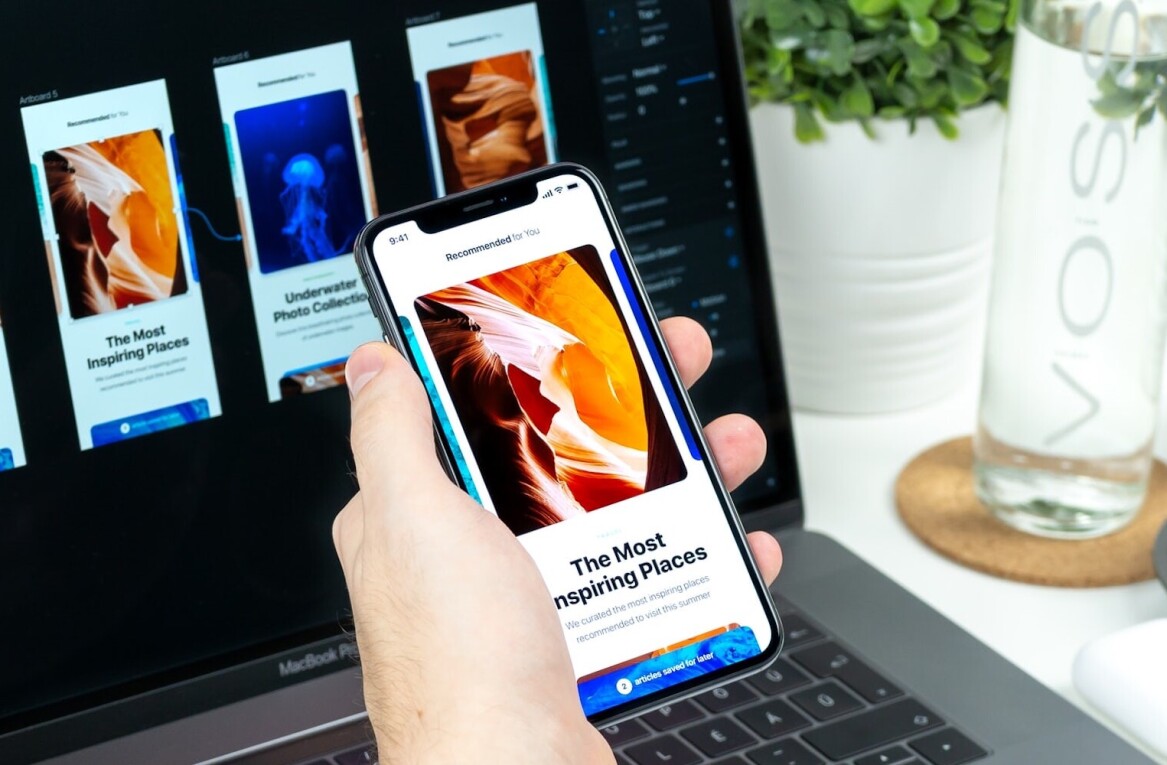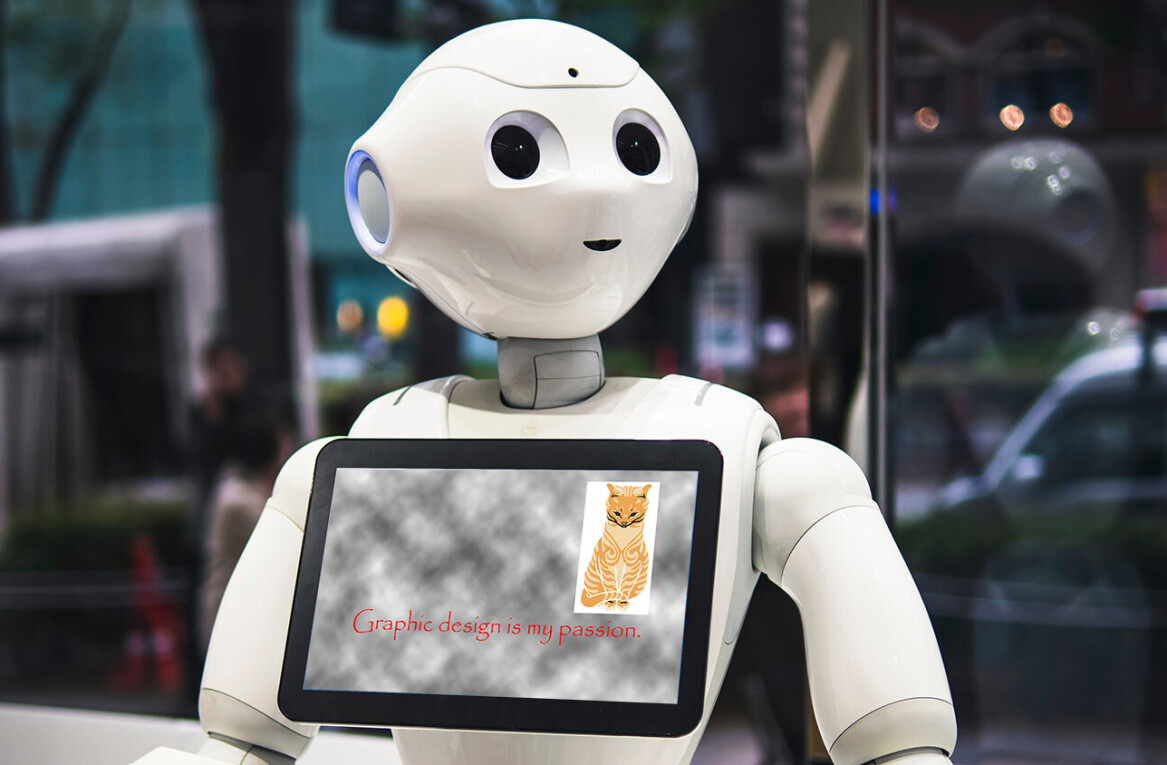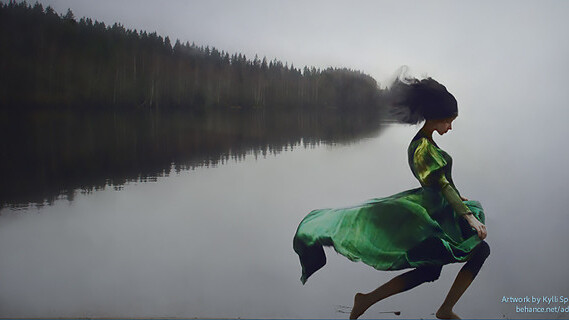
Photoshop, now 25 years old, is unquestionably the top dog as a design and image editing tool but despite that, it spares no effort in maintaining the lead position. On February 19, 1990, brothers John and Thomas Knoll launched a tiny software package to bundle with a scanner. It was called Photoshop. Who could foresee the behemoth it would become, serving as both the launching pad and the anchor of the company’s creative empire?
Photoshop was not Adobe’s first app — Illustrator was — but Photoshop was the software that formed a lasting connection with the public and spoke to its desire to improve their photos. While Photoshop is made for pros, and has for some years presented users with an often significant learning curve, people of all backgrounds latched on to it, determined to master its intricacies.
Today, Adobe looks both to the past and to the future. In conjunction with this milestone, the company is launching an advertising campaign called “Dream On” during The Academy Awards broadcast — a tribute to 25 years of Photoshop art. The TV commercial includes work from Photoshop artists and images from major motion pictures that used Photoshop, including ‘Avatar,’ ‘Gone Girl,’ ‘The Hobbit,’ ‘How to Train Your Dragon 2’ and ‘Shrek.’
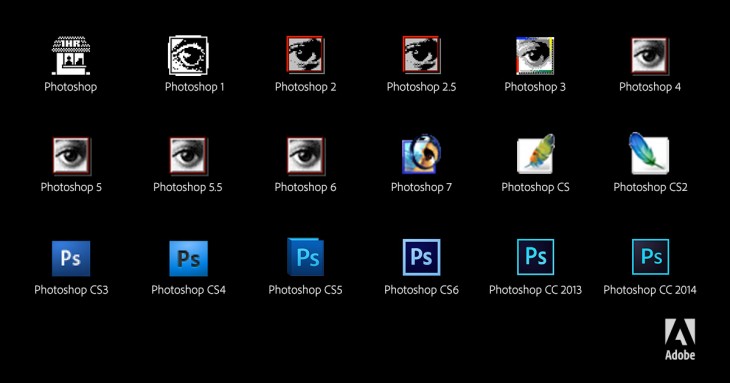
Looking forward, Adobe just launched a new initiative showcasing 25 of the most creative visual artists under 25 years old who use Photoshop somewhere in their creative process. To be considered, artists upload their projects to Behance and use the tag, Ps25Under25. Selected artists worldwide for the balance of the year will take over the Photoshop Instagram handle (@Photoshop) for two weeks to present their work to the public. Fredy Santiago, a 24-year old artist and illustrator from Ventura, California, is the first on display, starting now.
Meantime, Photoshop’s Senior Product Manager Zorana Gee, who has been on the Photoshop team since 1999, gives TNW the historical perspective about where the company has been, where it’s going, and how it responds to challengers.

What has been Photoshop’s biggest accomplishment, its most important achievement on its 25 birthday?
Photoshop’s tools have evolved a lot in 25 years, we’ve added a lot and we’ve managed to evolve with our customers in a symbiotic relationship where we offered new tools, new ways of doing things, made things easier and at the same time customers were able to build on these tools and be even more creative.
Back then, in the darkroom, maybe you’d do a lot of dodging and burning or basic compositing, and Photoshop has made it that much simpler to do and enables a lot of people to do things like that. We make the first step easier and customers are able to take it to step two and step three. Photoshop is a big part of the evolution of creativity. We are still the leader and the go-to tool for so many different customers, whether you’re a photographer or designer or anyone who are working with images.
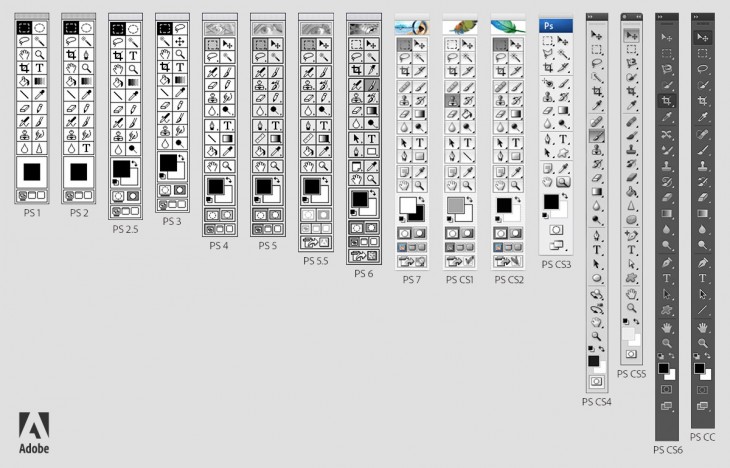
What about the last five years? Where is Photoshop in this new and still emerging mobile-centric world?
Over the last five years, we have done a lot of experimentation on mobile devices and now we are able to offer Photoshop where it makes sense on whatever device. That’s not to say we have it all answered and figured out, but this is part of the evolution of our customers. We find customers moving toward these devices for professional aspects of their workflow — maybe not the complete workflow — where we can think about how we can offer up Photoshop technologies, to think about Photoshop as a platform, as digestible bites that we can deliver on whatever device.
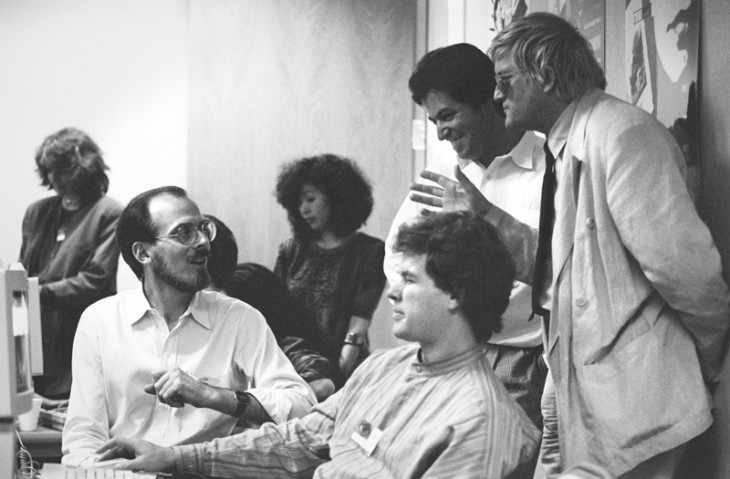
Photoshop Mix is a clear example of this where we’re able to offer the power of Photoshop compositing on a tablet device as well as key heavy-process intensive features like camera shake reduction, Adobe Camera Raw and Upright, leveraging cloud computing to offer these types of features on tablet devices. This is a completely different way of thinking about cloud computing and being able to offer deep, robust features.
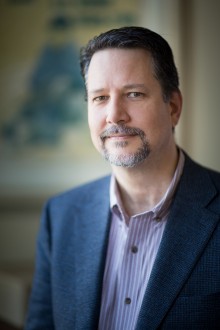
Also, there’s the capture apps that we recently put out there like Adobe Shape, Photoshop Brush, Photoshop Sketch — those capture apps are for the phone and what people do with the phone. It’s not like we’re porting Photoshop over to the phone but you can take pictures really easily. With that picture you can use something like Adobe Brush to create a brush and import it directly into your Photoshop brush library. So we’re always thinking about how to leverage the ability to capture images and what we can use those images for, especially on the desktop.
Where are you going with this now, say for the next five years?
This is the beginning. We’re now really starting to understand customer workflows, so even with Photoshop Mix, it’s not a complete task or workflow, and that’s because we’re experimenting with the different research that comes through and the different problems that we’re solving and putting them out on these tablet devices.
It’s a whole new engineering challenge and new problems to solve. One sneak peek we did at Max 2014 was separating out the UI architecture from the core of Photoshop and being able to put an HTML 5/CSS layer on top of it and thus offering up much cleaner interfaces for our products. For the desktop, this is an exciting direction, and it gives you a sense of this new architecture that we’re able to develop to offer up new interfaces for customers.
What has been the effect of the Creative Cloud subscription program on Photoshop specifically, especially now that it’s the only way to access Photoshop?
People are actually just starting to understand the real value of being on Creative Cloud. The one particular feature that I found valuable across the board is the Libraries feature, the assets that come from our marketplace or the assets that you drop onto that panel where it syncs up to your Creative Cloud and you can use those files on any device.
It’s the ability to share your content from any device but not to simply ingest, so it’s beyond just a Dropbox thing. It’s that you’re able to share specific Photoshop items like Smart Objects or text files or color chips or layers or 3D layers, and it will maintain the fidelity of that PSD file in the library, and I can access that. Going the other way with Photoshop Mix you have the ability to do some basic compositing, but it’s built on top of the Photoshop framework, so we still have layers, and you can bring them in as a layered document and continue working.
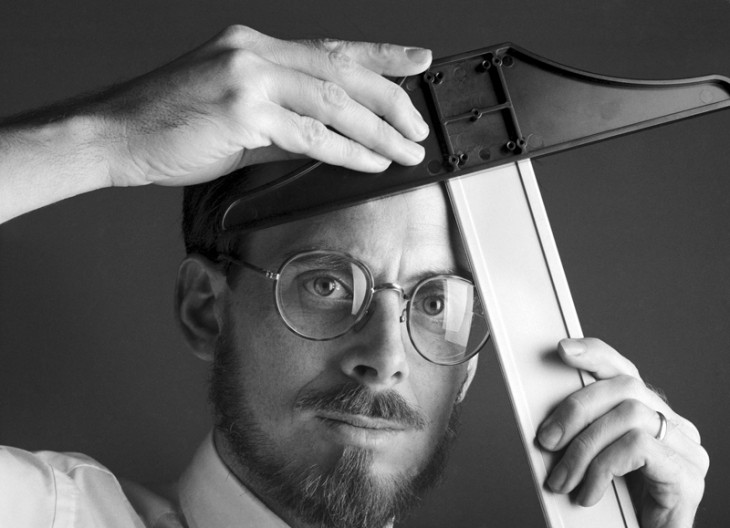
That library lets you connect all your application-specific assets to your desktop, the cloud or to devices and that’s been really successful and powerful and we plan to build on that and take it much further relative to collaboration and sharing.
There’s also the experimentation of cloud computing. We’re just starting and Photoshop Mix is the first example. We’re experimenting with what kind of process-heavy functionality from the product we can take and deliver on these different platforms … that no one ever thought possible.
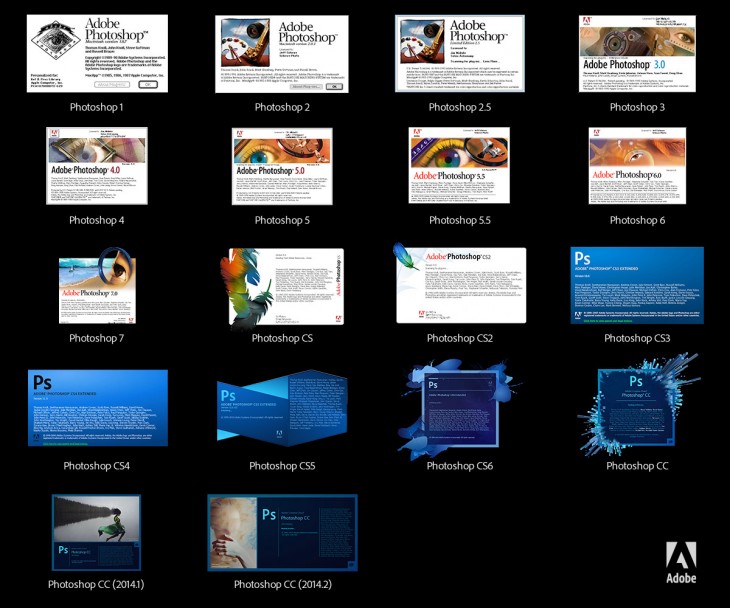
Then there’s TypeKit integration and that’s really targeted to designers. Being able to find new type, new font families, new inspiration — designers are always looking for new types of fonts and get tired of their old ones and are not sure if they can use their current license for the right things.
Adobe made a huge concession to the photographic community in the Creative Cloud photo bundle, but some people still aren’t satisfied. Will Adobe ever reconsider offering a perpetual license for photographers?
On that, it’s probably not aligned with the stars. You never know what’s going to happen in the future, but we’ve made significant efforts to switch to the Creative Cloud and there’s a lot of value that we see going forward that we can add to the package. So it’s highly unlikely.

What is the biggest difference in working with the app today as opposed to 15 years ago ?
The biggest challenge is letting people know the power that’s in there. We did so many things to improve on the original capability of Photoshop. Sometimes it’s super easy to discover because we just upgrade the algorithm, it just works better. Slam dunk. But sometimes you have to work off of your muscle memory and the path you know to find out about something else that will make your life much easier. I remember when I first started working with Photoshop, I did maybe five things with it. It was small and easy thing to pick up. Then I saw it did 15 things when I thought I’d only do five things, so that has multiplied.
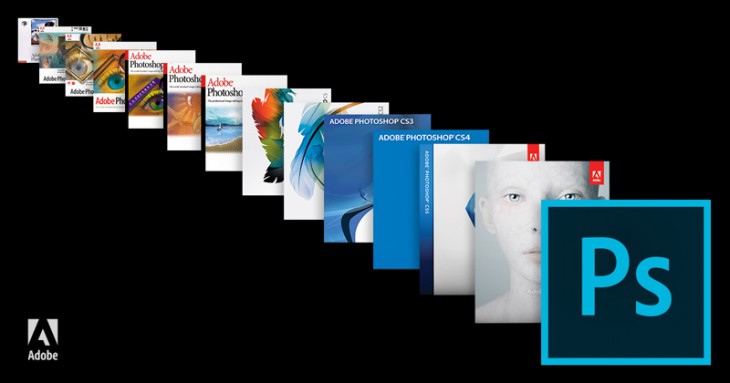
How does Adobe view the competition with all of the great apps out there that do parts of what it does?
We’re clearly in the game. There’s a lot of great apps out there like Instagram or VSCO that are really successful: they did a great job and jumped in at the right time. Adobe has just started to submit more really cool apps, but ours can tie into your Creative Cloud and desktop environment and workflow and we should be able to capitalize on that.
Design and usability is super important these days and that’s why so many of these apps are so successful. They do one thing really well. Adobe Brush and Shapes are the tip of the iceberg of where we can go with this. I’m pretty sure we’re going to hit a slam dunk with one of these guys.
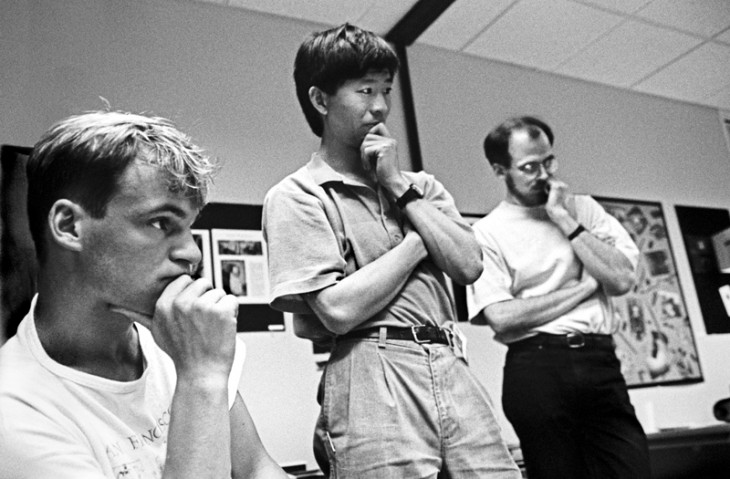
Has Adobe given any thought to the ‘Photoshopping’ phenomenon where images are intentionally being falsified — sculpting bodies and changing skin color and face shapes?
Oh yes. Internally we talk about these things a lot. But when it comes down to it, our engagement with society and communities is a positive one and we really believe that our tools are so flexible and ubiquitous that the amount of good that comes out vs. the bad is not comparable. We choose to engage with the positive aspects, the things that people are doing that are really powerful and positive for social change and what users believe in and are using Photoshop. We see that way more than the negative, and we are very careful on how we engage publicly with the negative aspects.
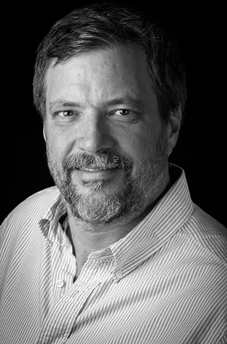
What do you think of the whole “Photoshop killer” movement — the effort to replace Photoshop with something … anything.
We’ve been hearing this for a very long time and we always hear it, but the good thing about the Photoshop team is that we always take it seriously. So if there’s something out there that is potentially an ankle-biter, or a even bigger like foot-biter, we’re very attuned to what’s happening in the market. We’re always evaluating the competition.
Ultimately competition is good; it keeps us on our toes. We are always looking at solutions and evaluating whether this is going to be the “killer,” and that’s the kind of energy that we have internally so we can stay on top because we take this very seriously and we care about this deeply. We’re always perched and attuned and listening carefully and evaluating everything as if the competition were breathing down our necks.
What about Affinity Photo? It’s got four-color separation that’s the giant step between the amateurs and the pros.
We’re definitely watching. Especially since they’re offering a suite-like environment. They have a few applications in the family that target a lot of the same areas we target with our suite products and desktop products. They have a good product. I wouldn’t say all the pieces are comparable to Photoshop’s power.
Any final thoughts?
This is a really exciting time for us. Engineers are really excited because of the Creative Cloud and the fact that we’ve been able to do some really exiting things in cloud computing. There’s always new problems to solve — that’s the thing that keeps me here.
Photos by Doug Menuez/Stanford University Libraries/Contour by Getty
Get the TNW newsletter
Get the most important tech news in your inbox each week.


